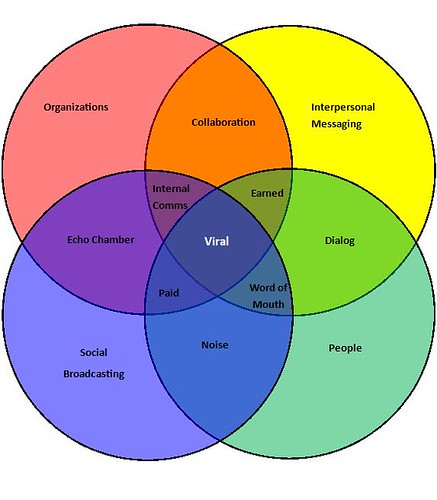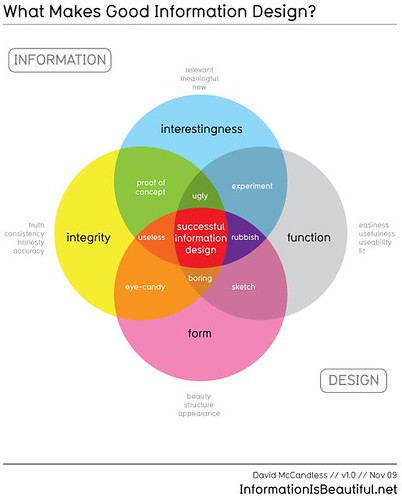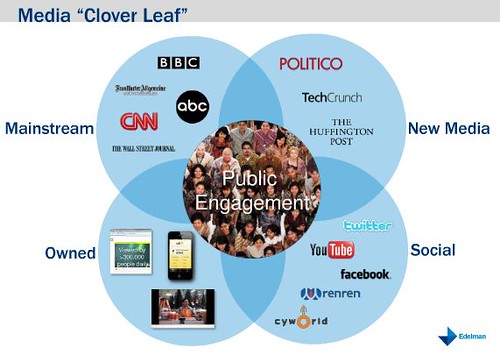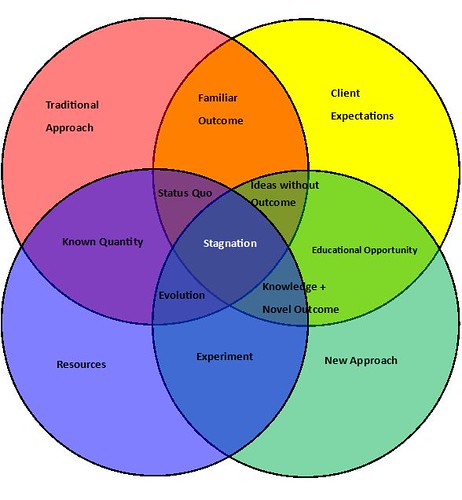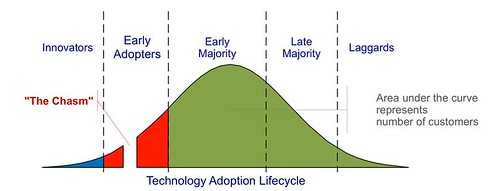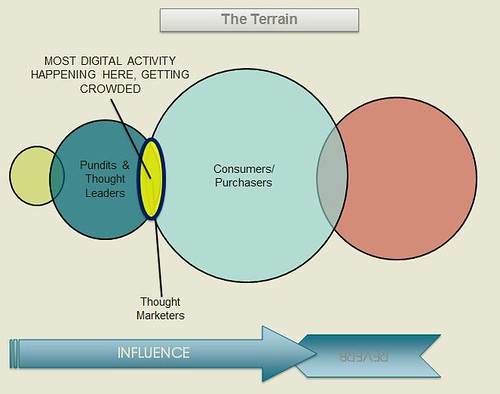You Say Disruption, I say Revolution (for Greg Satell)
You Say Disruption, I say Revolution (for Greg Satell (https://twitter.com/Digitaltonto/)
“Disruption” has become a popular buzzword over the past five years. It’s been used to label the agressive shifts of free-market competition. These “disruptive” economic shifts have been around for centuries. They’re sometimes labeled as periods of innovation, sometimes they are truly revolutions. As these shifts have become more prevalent within our current era, the term “disruption” has reached heightened usage. In the past, pre-1950s, the impact of disruption would be spread over a generation or two. The “pain” of the disruption could be absorbed over a lifetime. This cycle of disruption and absorption has accelerated, exponentially, starting during the post-war economy of the 1950s.
As example, the ice barons of the 19th century (http://www.mentalfloss.com/blogs/archives/20311) withstood a “lifetime” disruption and absorption cycle. These barons, who shipped New England ice all over the world, did not invent electric refrigeration. The ice industry was disrupted by refrigeration. This harshest part of the disruption, the collapse of the ice industry as the primary source of non-electric refrigeration, took place over a “soft landing” period of 50 years. By the 1950s electric refrigeration was the norm (http://en.wikipedia.org/wiki/Refrigerator).
Using the computer as an example of disruption we can witness, in slow motion, the increasing influence of ever-more-powerful computers starting in the early 70s up until the 90s with the adoption of the PC. Then the disruption accelerates with the rampant adoption of PCs all the way up to their recent offshoots (tablets, smart phones). In the 80’s we could expect a computer-related disruption every five years, now we expect a computer-related disruption within every six months.
The downside to these disruptions is the negative impact. The impact is typically unevenly spread within the population causing “winners” and “losers.” Some of the negative impact is obvious, but many aspects are inapparent, and often separated from the disruption. As example, the creators of email didn’t set out to negatively impact the US postal service. The Austrian economist Joseph Schumpeter (http://en.wikipedia.org/wiki/Joseph_Schumpeter), in his writings from the 1940s, predicted this disruptive cycle of winners and losers. He labeled it “Creative Destruction” (http://en.wikipedia.org/wiki/Creative_destruction). He concluded these cycles would continue to accelerate until the forces of capitalism destroyed itself.
It is not the fault, and potentially not the intent, of the inventors who create disruptions to foresee the winner and losers. Nevertheless, all disruptions will, even if the goal is benign.
The pertinent insight from our era is how companies are adopting strategies that allow them to thrive within an economic environment of accelerated disruptions versus being negated by them. The next wave of entrepreneurs will ideally take this to the next level and figure out models that include reducing the negative impact caused by these disruptive innovations. This trend is seen within the organic food movement and LEED certification in architecture.
Companies, such as Apple, are brilliant students of Schumpeter’s Creative Destruction. Rather than allowing the external forces of competition to drive the disruption, they choose to disrupt themselves, regularly reinventing their products, both from a design and functionality perspective. This allows them to contradict Schumpeter’s prediction. They are thriving. This thriving through self-disruption is actually a 20th century revolutionary theory. Marxists such as Trotsky and Mao deeply believed in the theory of “Permanent Revolution” (http://en.wikipedia.org/wiki/Permanent_revolution) as the only means to enable and accelerate innovation while also stabilizing the wider economy.
Companies such as Facebook or Twitter have also invented clever variations to the Apple-way to alleviate this disruption. They are disrupting themselves by adopting and absorbing user behavior into their services. This allows them to be part of the disruption versus being affected by it. Their nimbleness allows them to thrive.
In our era these disruptions are taking place on a national, if not a global scale. If business leaders seek to shift their enterprises and initiatives to both align to and shield themselves from the radical disruptions of our era they have to make radical changes to their operations and/or make radical changes to the macro-economic arena within which they function. We are in an accelerated disruptive era, calling it “revolutionary” or “innovative” are choices of nuanced phrasing to explain their aspirations to their constituents.
The rewards of our era are for those who can shift to align with disruption, to thrive off the positives while mitigating the negative effects. Those that can do both will be the successful benefactors of our era.

